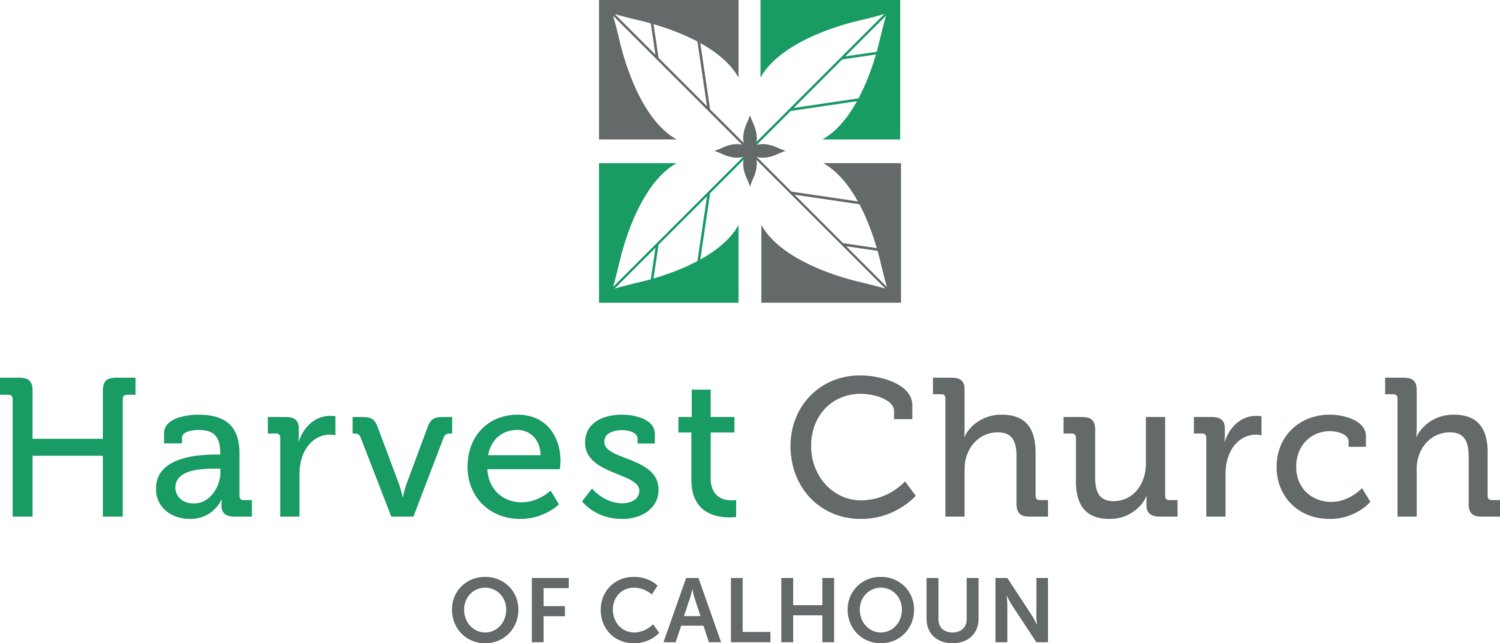My current pattern for Morning Devotion
Over the months and years, my devotional habits have changed. I’ll take inspiration from friends, pointers from books, and sometimes change things up for the sake of changing it up. What’s listed below is what a normal morning looks like for me. Please note: this is not a prescription. I’m not even saying this is the best way to spend time with Jesus in the morning. This is just what I do. I’m sharing this in the hope that you may find something of value for you here. The important thing is that you spend time with Jesus. So as of March 18, 2020, here’s what my morning devotion time looks like. On any given day, I’ll do most of the things listed below:
Ask for God’s help
This is usually short and to the point. I take a moment to think about who it is I am approaching, ask him to send his Spirit to help me, and maybe try to visualize the Father on his throne, the Son at his right hand interceding for me. Then I begin to read.
Read a couple of days’ worth of devotions from “The Songs of Jesus” by Tim Keller.
I’ve never really liked devotional books. The ones I’ve tried to read over the years haven’t been very helpful for me. With a few notable exceptions, they were more therapy than theology. Keller’s little book is really just a prayerful commentary on the psalms. It marries “therapy” and theology in a very helpful way. Spending prayerful time in the psalms helps focus my heart as I begin my time alone with the Lord. ## Read as long as it takes to have something to pray about I don’t set any specific time on this. I try to leave this as open-ended as the day will allow. Though I have used them in the past and I think they are very helpful, I am not currently following a Bible reading plan. Right now I am focusing on a couple of New Testament books and reading them over and over again. I’m trying to study the fish: learn as much as I possibly can from them over an extended period of time.
Reference the passage in a commentary
I usually start with the New Bible Commentary. It’s like the notes in a study Bible with just a bit more detail and depth. After I’ve read the section of the passage in it, if I feel the need to go deeper, I’ll move on to other more technical commentaries.
Pray what I’ve read
The goal in all of this is to “Taste and see that the Lord is good.” (Psalm 34:8), to behold his glory, and to worship him. We worship God in Spirit and in Truth (John 4:24); Once the Spirit stirs in me a particular truth (or set of truths), I begin to pray about what I’ve read, thanking and confessing and worshiping.
Write what I pray
Though not terribly consistently, I’ve begun the practice of writing out my prayers in a journal. An anonymous quote says “Thoughts disentangle themselves passing over the lips and through pencil tips.” I’ve found that to be true. When I have a hard time praying, I have found writing my prayers to be one of my most valuable tools.
Intercession
After all this, I’ll start working through prayer lists. I don’t feel the pressure to pray through every single list every day. That would take all day! I give priority to church members, the lost, and those who are sick.
If I have any time left I will pray freely (whatever comes to mind), write some more, or return to the Word. After this, I usually feel more than ready to face the day.
